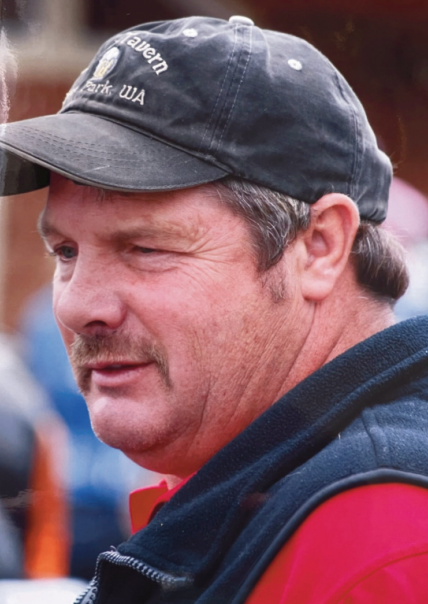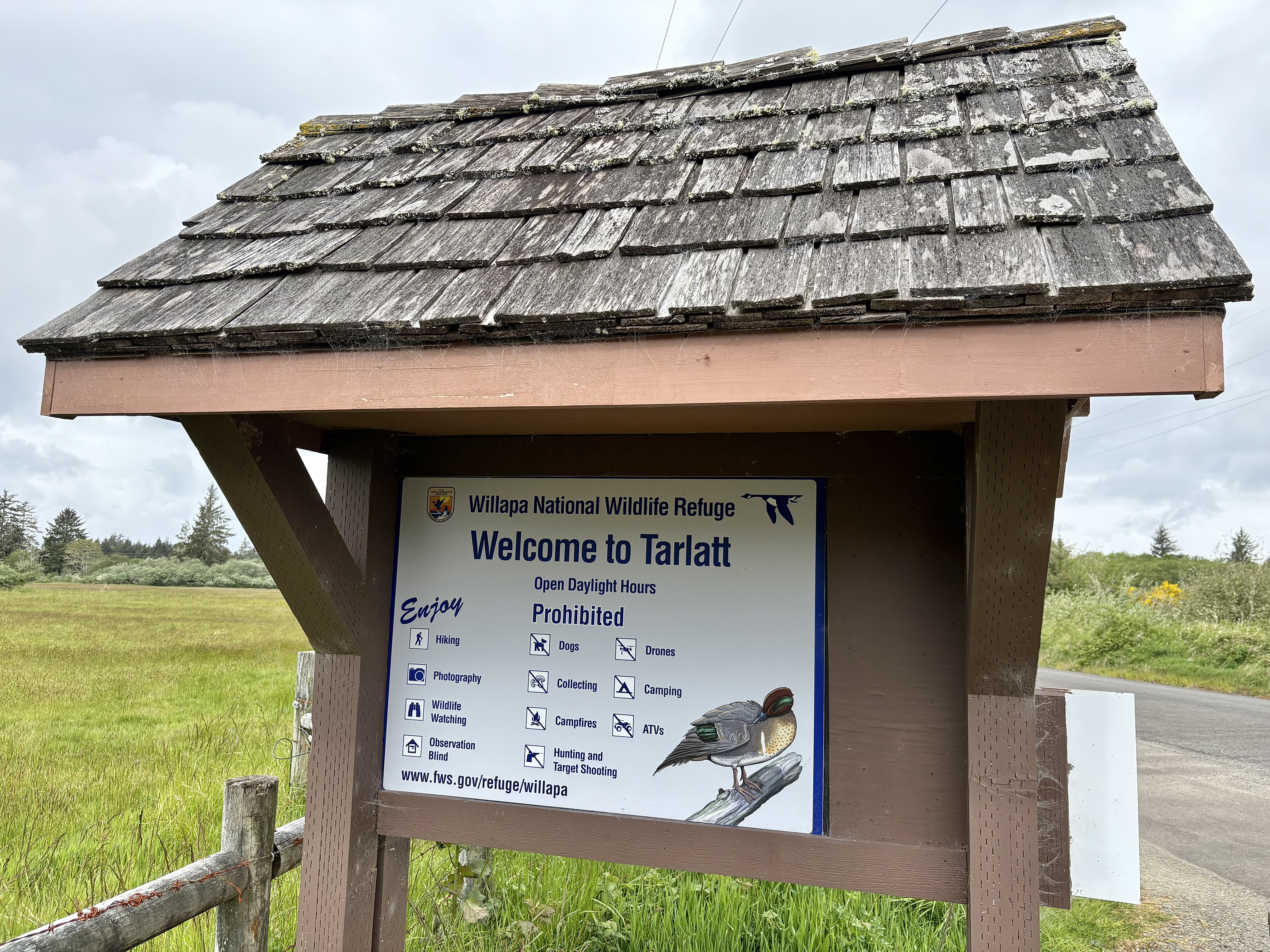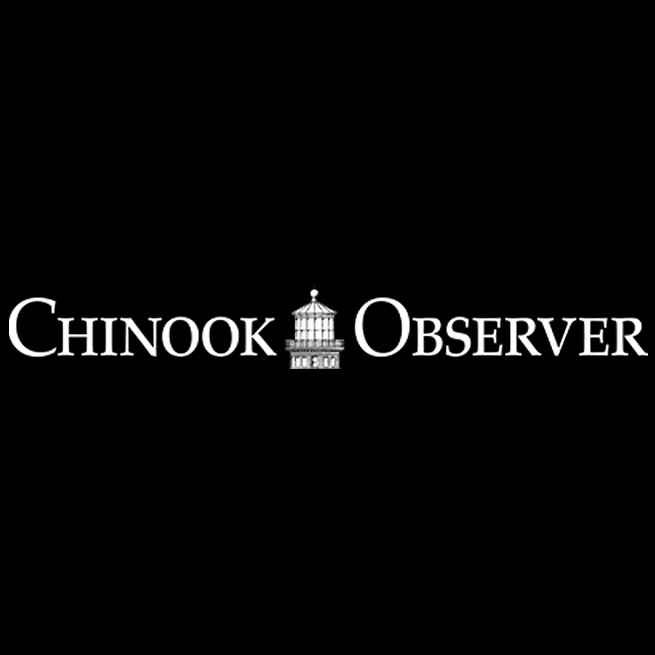Guest Column: U.S. Quarantine Station, 1899-1939, comforts a modern-day patient
Published 10:26 am Monday, October 17, 2022

- An historical photo shows now-vanished waterside structures that were once slightly downriver from the U.S. Quarantine Station at Knappton, on State Route 401 east of the Astoria-Megler Bridge.
I caught covid. Apparently, mine was the Omicron b variant, which includes a sore throat, runny nose, wheezing and fever chills. Like many naïve souls, I thought I had the label of a covid dodger, but I rudely became aware that was not the case.
Trending
Covid is not polite, and it’s certainly not a passing seasonal cold. It’s depleting both physically and emotionally. And yet, contracting this virus is not the story. How I got it and where I ended up is.
In mid-September, I attended a concert in Barcelona, Spain. Xavier Rudd was playing at the Razzmatazz and I thought, beforehand, why not? And so, I entered a room filled with over a thousand dancing and singing Catalonians who swayed to the music, drank beer, and seemed caught up in the spirituality of ending global warming. And I didn’t wear a mask. No one did. Indeed, the music carried us away from crowd responsibility and human vulnerability. Bodies pressed against each other. The night sizzled with electricity and sweat. The pandemic was over, at least for one night. Then, a few days later, I flew home on British Airways to our home near the mouth of the Columbia River.
Looking out toward the restless waters of the Columbia River and the lights of Astoria, I am grateful for those who opened their doors to the sick and helped them stand on their feet again.
Trending
Here’s the ironic part. I currently live with Heather Bell Henry at an historic quarantine station that was operational from 1899-1939. This quarantine station was established for the purpose of fumigating ships and taking patients from foreign ports. Back then, when sailing ships entered the Columbia River from some place around the world, the U.S Quarantine Station, complete with a medical staff, served the function of putting patients in isolation wards and nursing them back to health. You know what’s coming next. For days, I slept in an isolation ward created for people just like me. I languished in bed, staring up at the same ceiling that others stared at over a hundred years ago — and I found it extremely comforting. The ghosts of the Public Health Service were temporarily recalled for duty.
It’s comforting to know that years ago, some visionaries in the Public Health Service took such diseases seriously and established places of recovery and restoration. It was a peaceful place to heal. Looking out toward the restless waters of the Columbia River and the lights of Astoria, I am grateful for those who opened their doors to the sick and helped them stand on their feet again.









